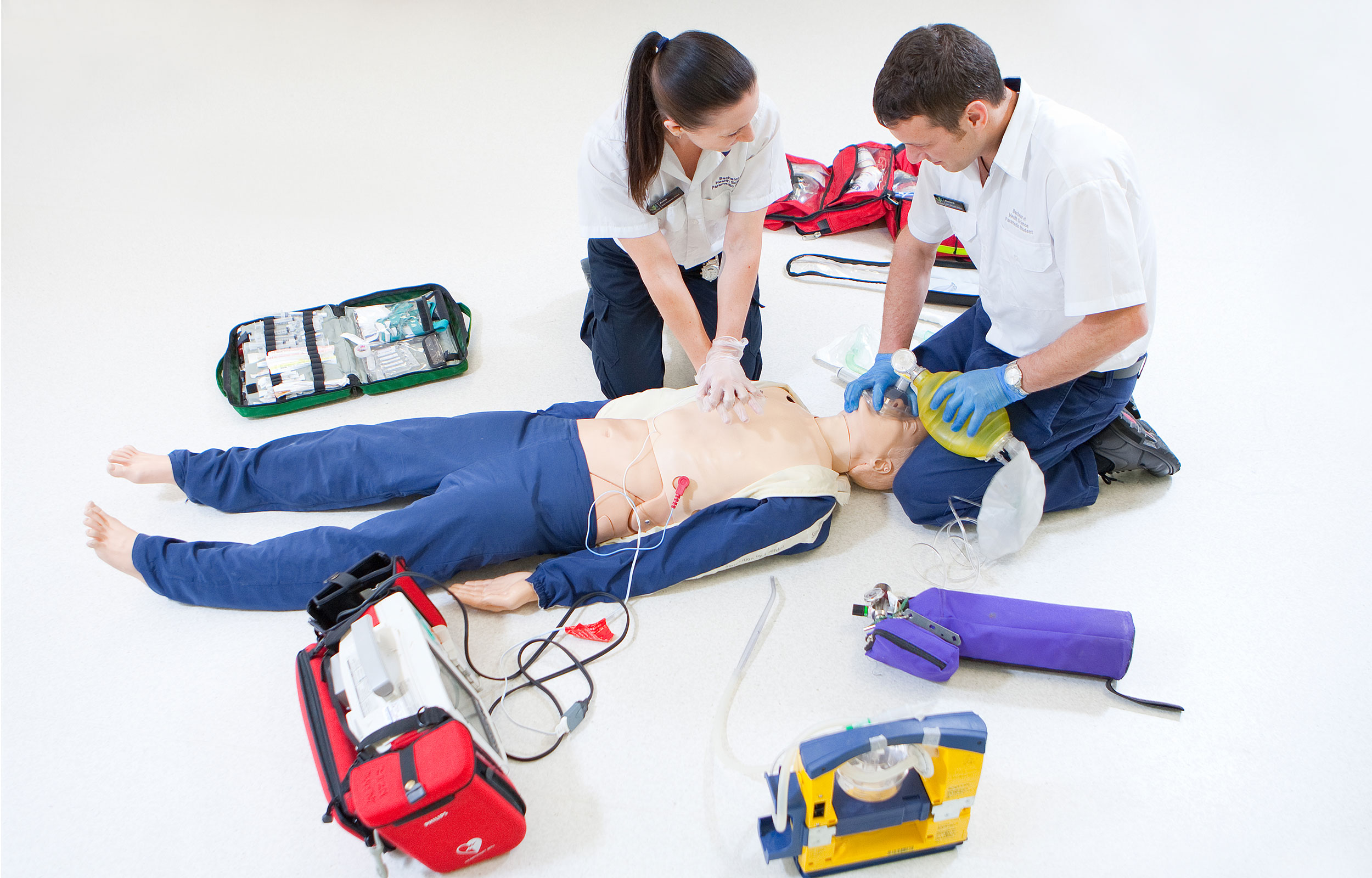Emergency medical services (EMS) is a vital and noble profession, provides an exciting job that revolves around saving lives and providing essential care. If you’re considering being an Emergency Medical Technician (EMT) or even advancing to the esteemed job of a paramedic you’re entering a field with tremendous growth opportunities and a high demand for qualified professionals. In this article, we’ll guide you through the steps to become an EMT and paramedic, exploring the various training options available, including DSHS approved EMS training course.

Understanding the role of EMTs and Paramedics:
First responders and Emergency Medical Technicians and Paramedics are able to provide immediate medical care in an emergency situation. They are specially trained to assess patients, administer vital medical procedures, as well as transport patients in a safe manner to hospitals for further treatment. EMTs and paramedics play a important part in stabilizing patients during crucial times, making split-second decisions, and offering compassionate care in times of stress.
Step 1: Become an EMT
You must complete the required training and education program, which may vary depending on the level of certification you are aiming to achieve. Three levels of EMT certification are available:
1. EMT-Basic: This certification is for entry-level professionals and requires 100 to 150 training hours. EMT-Bs undergo training in basic medical treatment, including CPR and bleeding management as well as basic airway control.
2. EMT-Intermediate is a level which requires more instruction. The amount of training is different from one state to the next. In certain states it is integrated with EMT-B, while in other areas, it is a requirement of 200-400 hours of education, which includes an increase in medical knowledge and intravenous therapy.
3. EMT-Paramedic (EMT-P) The most prestigious level of EMT certification, EMT-P is the most advanced level of training and typically between 1,000 and 1,800 hours. Paramedics are trained to perform advanced medical procedures such as administering medications, reading EKGs and directing airways.
Step 2: Applying for Paramedic Certification
If you aspire to become paramedic, then you must first attain the EMT B or EMT-I level and get some practical experience. Then, you’ll be able to take paramedic courses, which typically takes between one and two years to complete. In the extensive training, you’ll be exposed to the most advanced medical subjects. You’ll also gain the necessary knowledge and skills to deal with emergency situations.
Check out EMT Training options:
You have several options when it comes to EMT certification, based on what level you want to achieve. EMT courses are often offered through medical trade schools and community colleges at all certification levels. These programs offer a blend of classroom instruction, hands-on learning as well as practical encounters in field and clinic situations.
Schools and universities provide EMT programs at the EMT/Paramedic level in case you’re seeking an extensive, in-depth EMT course that will lead to an undergraduate degree. These programs will provide you with the most thorough understanding of emergency medicine, allowing you to make more informed medical decisions and better care for patients.
Step 4: Make sure you have DSHS certified EMS training:
If you’re aspiring to become EMTs and paramedics, it’s essential to make sure the training program you select is DSHS certified. The Department of State Health Services (DSHS) has the authority to approve EMS training courses to ensure that they are in line with the highest standards of training and competence. You are guaranteed of getting the most effective education by registering in an DSHS certified EMS training program.
An occupation in the field of EMT or paramedic can be highly rewarding and respected. As first emergency responders, EMTs and paramedics play a crucial role in saving lives as well as providing prompt medical treatment in emergency situations. To be aspiring EMTs or paramedics to embark on this life-saving journey they must finish all the necessary training and education programs. The applicants can choose from a wide range of EMT programs, based upon their preferred certification level. They include medical schools, community colleges as well as university-level courses.
When assessing the different training options available It is also important to make sure that the EMS training program is DSHS certified. It is safe to know that the instruction you receive will meet the standards required for EMT or paramedic certification.
As the demand for skilled emergency medical professionals is on the rise, entering the field of EMS provides a wealth of job opportunities and the possibility of making a an impact on the lives of those around you. It doesn’t matter if you begin as an EMT-Basic, or you want to become a paramedic your commitment to providing crucial medical care will pay off with an exciting and meaningful career in emergency medical services.
